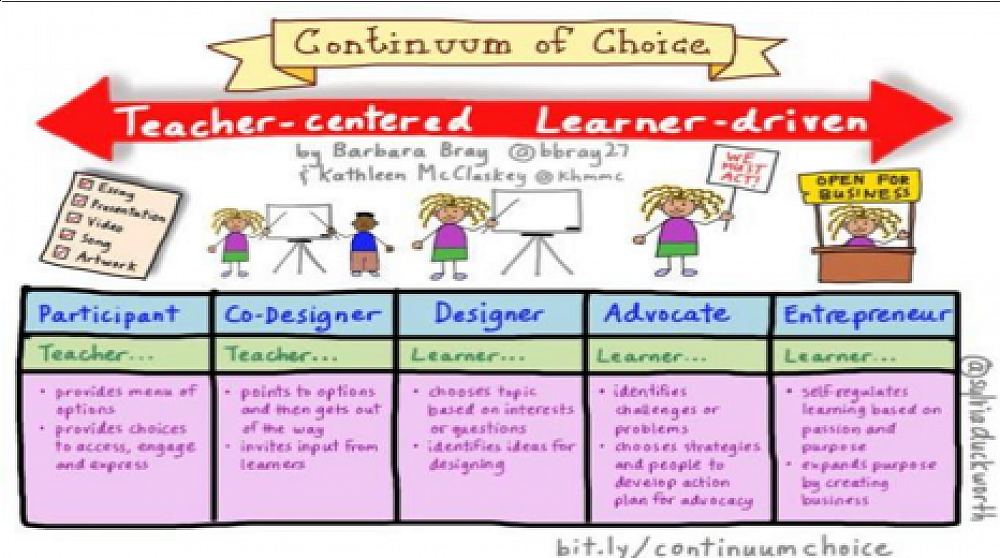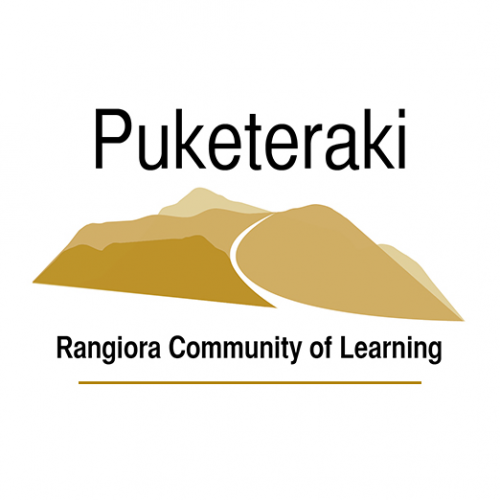
Other Collaboration Strategies and Resources
Social and Emotional Learning
A framework for social and emotional learning (SEL) developed by the Collaborative for Academic, Social and Emotional Learning (CASEL).
Why: To develop positive relationships and partnerships and support social and emotional learning.
Social and emotional learning (SEL) enhances students’ capacity to integrate skills, attitudes, and behaviors to deal effectively and ethically with daily tasks and challenges. Like many similar frameworks, CASEL’s integrated framework promotes intrapersonal, interpersonal, and cognitive competence. There are five core competencies that can be taught in many ways across many settings. Many educators and researchers are also exploring how best to assess these competencies.
What:
Self-awareness: Know your strengths and limitations, with a well-grounded sense of confidence, optimism, and a “growth mindset.”
Self-management: Effectively manage stress, control impulses, and motivate yourself to set and achieve goals.
Social awareness: Understand the perspectives of others and empathize with them, including those from diverse backgrounds and cultures.
Relationship skills: Communicate clearly, listen well, cooperate with others, resist inappropriate social pressure, negotiate conflict constructively, and seek and offer help when needed.
Responsible decision-making: Make constructive choices about personal behavior and social interactions based on ethical standards, safety, and social norms.
How: http://www.casel.org/what-is-sel/

Five Dysfunctions of a Team - Patrick Lencioni
Providing right ingredients for a high functioning team is about the systems in behind. As teachers we need to work through activities that enable a high trust model because if a team can’t work together and be collaborative, the teaching will be squandered.
Why: To develop a team that can work collaboratively together.
What: Lencioni believes that there are 5 dysfunctions to a team that restrict us from being successful. By focusing on embedding high trust teams are able to have important conversations that strengthen the pedagogy within your classroom. All team members will feel valued and respected and have commitment to the ‘big picture’. This will lead to a successful collaborative team.
Dysfunction #1: Absence of Trust - The fear of being vulnerable with team members prevents the building of trust within the team.
Dysfunction #2: Fear of Conflict - The desire to preserve artificial harmony stifles the occurrence of productive ideological conflict.
Dysfunction #3: Lack of Commitment - The lack of clarity or buy-in prevents team members from making decisions they will stick to.
Dysfunction #4: Avoidance of Accountability - The need to avoid interpersonal discomfort prevents team members from holding one another accountable.
Dysfunction #5: Inattention to Results - The pursuit of individual goals and personal status erodes the focus on collective success.
How: https://www.tablegroup.com/books/dysfunctions

Growing Leaders - Dr. Tim Elmore
How kids think and why they behave the way they do.
Why: Building a positive school character and supporting students to take control of their learning.
What: Website https://growingleaders.com/tim-elmore/
Numerous books written on Habitudes, Marching Off the Map, Growing Leaders. If you sign up to the blog you get daily posts and you can download the 7 Life Skills Students Need to Succeed.
How: Despite being based on the American system and being geared towards Middle/Senior/ College students, this resource and the supporting blog updates provide some good insights into student behaviour and how you can engender life and leadership skills.

Agency and the Role of the Teacher in Play
The role of the teacher is critical in a play based environment to empower students to have student agency.
Why: Teachers working within a play based environment must skilfully walk a fine line between teacher-directed activities and child-directed learning (Robinson & Aronica, 2015)
What: Teachers knowing when to gift knowledge to students at the point of meaningful absorption and understanding and when to stay silent for fear of interrupting the magic of the play (Hirsh-Pasek & Galinkoff, 2011).
How: By Senior Management
understanding the critical role and level of skill that a teacher requires to allow effective student agency in a play based environment.
supporting teachers to upskill and giving them the agency/trust and time to develop, to craft and create.
https://educationcentral.co.nz/play-misunderstood-the-divide-between-primary-classroom/

Scaffolded Agency
Supporting all students to be successful means we all need something different! Agency is no different.
Why: To enable all students to be the driver for their learning.
What: The is a continuum of agency. As teachers we need to ensure that we are scaffolding those that need help, while letting others take off and fly!
How: Know your learner. Know their interests, how they learn, what engages them, how they work in groups or independently. Setting up stages of scaffolding or step by step tasks are vital for some students to be successful. Knowing what your learner needs enables you to work with your students through effective dialogue while they are still in the driver seat.
Helpful Resource: https://www.inclusive.tki.org.nz/guides/universal-design-for-learning/udl-framework

The WOW factor of Authentic Learning
Allowing children to explore, discuss, question, construct and make connections that involve real world problems and projects.
Why: To maximise in the first instance student engagement in their learning , and move to student’s development of the possibilities - “The what if?” in the making of connections
What: Consider the possibilities of the connecting of key concepts and or inquiry directions
How: Consider how key curriculum ideas naturally evolve/develop and engage students and their whanau?
Keep an open mind and consider and look for the possibilities.
Gather student and whānau voice about the what, why, when, where and how?
Be prepared for learning to be messy, highly engaging and meaningful.

M.A.T.E.S Agreement
Kaiako collaborate to produce a MATES agreement. Ākonga could do the same for a variety of learning areas eg. playground, sports teams, classroom etiquette.
Why: The MATES agreement sets shared boundaries in order to keep one another safe when interacting together and alone. It also provides a reference point and guide for all team members.
What: Cooperate and collaborate to form a MATES agreement to be used within the work environment.
How: Brainstorm workplace scenarios where a MATES agreement might be required. Form thoughts around school values. Come to a consensus as to what to include.

